Results 6,821 to 6,830 of 12091
Thread: Anandtech News
-
03-29-17, 09:12 AM #6821
Anandtech: Lexar Launches 'JumpDrive Tough' USB Drives up to 128GB: Focusing on Physi
Over the last week, Lexar has introduced a new series of USB flash drives with enhanced endurance. The new drives are built to survive in tough conditions, such as very cold or very hot temperatures or water. As for performance and capacities, we are talking about fairly mainstream products with USB Type-A interface with low price points.
The Lexar JumpDrive Tough are designed to withstand physical impact (up to 750 PSI or 50 atm), extreme temperatures (from -25°C to +148.9°C) and water (it is claimed to be water resistant up to 98 feet, or 30 meters). This is compared to typical flash drives that can be stored at -20°C and operate at 0°C, or some that are also water resistant from use of resins. There are ranges of products on the market aimed at the physical endurance crowd, and the combination of extended temperature ranges, water resistance, and physical durability is the main selling point of Lexar’s new drives.
The JumpDrive Tough family of USB drives consists of three models with 32 GB, 64 GB and 128 GB capacities. As for performance, the manufacturer declares up to 150 MB/s read speed as well as up to 60 MB/s write speed (for the 128 GB and 64 GB versions, the 32 GB version is slower). To enable advanced security, Lexar bundles the EncryptStick Lite software with 256-bit AES encryption.Lexar JumpDrive Tough Family of Flash Drives LJDTD32GABNL LJDTD64GABNL LJDTD128GABNL Capacity 32 GB 64 GB 128 GB Type of NAND Unknown Maximum Transfer Rate Read: 130 MB/s
Write: 25 MB/sRead: 150 MB/s
Write: 60 MB/sPhysical Impact 750 PSI Water Resistance Up to 30 Meters Storage Temperature -25°C to +148.9°C
-13°F to 300°FWarranty Three Years MSRP $19.99 $34.99 $59.99
Lexar has already started to ship its JumpDrive Tough family of USB drives at MSRPs of $19.99 (32 GB), $34.99 (64 GB), and $59.99 (128 GB). All the USB sticks are covered with a three-year limited warranty.
Related Reading:
- Kingston Launches DataTraveler Ultimate GT USB Flash Drive with 2 TB Capacity
- Corsair Flash Voyager GS USB 3.0 512GB Flash Drive Capsule Review
- Patriot Supersonic Rage 2 USB 3.0 256GB Flash Drive Capsule Review
- SanDisk Unveils New Generation of USB Type-C Flash Drives
- USB Flash Drives - Power Consumption Measurement using Plugable's USBC-TKEY
- Mushkin Impact 256GB and Atom 128GB USB Flash Drives Capsule Review
More...
-
03-29-17, 11:17 AM #6822
Anandtech: Hands On With Samsung's Galaxy S8 and S8+: Taller Screens and Slimmer Beze
Samsung officially unveiled the latest Galaxy devices at its Unpacked event in New York today. The taller displays in the 5.8-inch Galaxy S8 and 6.2-inch Galaxy S8+ show more content without making the phones difficult to hold or fit in a pocket, while the slim bezels and rounded display corners give them a fresh, modern look. Like previous Galaxy phones, the S8 and S8+ come loaded with features, including an iris scanner, microSD card support, IP68 dust and water resistance, and wireless charging.
More...
-
03-29-17, 12:30 PM #6823
Anandtech: Corsair Vengeance RGB DDR4 Memory Modules with LEDs Now on Sale
Corsair last week started to sell its first Vengeance RGB memory modules, equipped with full sets of RGB LEDs that can change their colors using OS software. Right now Corsair offers DDR4-2666 and DDR4-3000 modules, but eventually we expect the Vengeance RGB lineup will be expanded.
Just like other Vengeance memory modules, the Vengeance RGB DIMMs are based on Corsair’s custom PCBs as well as preselected ICs. The modules come with aluminum heat spreaders featuring RGB LEDs that can change colors dynamically using the Corsair Link software, allowing users to synchronize colors of RGB lighting of their DIMMs and specific motherboard brands. Lighting of each module can be controlled separately as well. The lighting of the Vengeance RGB can also be controlled using GIGABYTE’s RGB Fusion app and Corsair states that eventually other producers of LED-controlling software are expected to follow.
At first, Corsair will offer 16 GB dual-channel as well as 32 GB and 64 GB quad-channel Vengeance RGB kits consisting of two, four and eight 8 GB modules (they are based on 8 Gb DDR4 ICs), respectively. The DIMMs are rated to run at 2666 MT/s with CL16 18-18-35 timings and at 3000 MT/s with CL15 17-17-35 latencies. The DDR4-2666 modules feature 1.2 V power supply, whereas the DDR4-3000 DIMMs require the higher DDR4 standard of 1.35 V.
At present, Corsair’s Vengeance RGB memory modules are equipped with XMP 2.0-compatible profiles, optimized for Intel X99, Z170 and Z270 platforms. Eventually Corsair plans to expand the lineup with something faster than DDR4-3000. In addition, Corsair intends to announce AMD Ryzen-compatible Vengeance RGB DIMMs as well “soon”, but the company does not disclose timeframes or specifications of the upcoming products.Corsair Vengeance RGB DDR4 DIMMs and Kits Data rate Latency Kit Capacity Modules Voltage Part Number Launch Price 2666 MT/s CL16 18-18-35 16 GB 2x8GB 1.2 V CMR16GX4M2A2666C16 $194.99 32 GB 4x8GB CMR32GX4M4A2666C16 $384.99 64 GB 8x8GB CMR64GX4M8A2666C16 $764.99 3000 MT/s CL15 17-17-35 16 GB 2x8GB 1.35 V CMR16GX4M2C3000C15 $199.99 32 GB 4x8GB CMR32GX4M4C3000C15 $389.99
It is noteworthy that the non-RGB based Vengeance monochromatic LED modules announced last year are now available at up to 3466 MT/s.
Prices of Corsair’s Vengeance RGB DRAM kits depend on specifications and capacity. Memory chips have risen in price compared to a year ago, and on top of this, companies like Corsair will charge a premium for customizable RGB lighting.
Gallery: Corsair Vengeance RGB DDR4 DIMMs and Kits





Related Reading:
- G.Skill Announces Trident Z RGB Illumination to DDR4
- Corsair Announces Dominator Platinum Special Edition and Vengeance LED Memory Modules
- Corsair Releases Force MP500 SSDs: 3 GB/s, Phison PS5007-E7, MLC NAND
More...
-
03-29-17, 02:34 PM #6824
Anandtech: Cosemi Announces 328-Feet ‘8K-Ready’ OptoDP Active DisplayPort 1.4 Optical
Cosemi has announced its first OptoDP active optical cable that supports a DisplayPort 1.4 connection. That in itself isn't newsworthy, but up to 328 feet, or 100 meters, it seems rather interesting. The cable supports resolutions up to 8K60 4:4:4 at 60 Hz and is designed for users who need to connect ultra-high-definition displays/TVs or projectors to sources located far away.
Compared to DP 1.3, which supports up to 4Kp120 and 8Kp30, DP 1.4 can enable Display Stream Compression 1.2 and Forward Error Correction, despite no difference in bandwidth between the two standards. This allows DP 1.4 hardware to support 7680×4320 resolution with 4:4:4 chroma subsampling at 60 Hz with 10-bit color and HDR (as well as 4Kp240) over a ~25.92 Gbps interconnection. Cosemi’s OptoDP active optical cable guarantees DP 1.4 signal integrity at the length of up to 100 meters without any additional external power.
Cosemi demonstrated the work of its cable with 8Kp60 resolution at the Optical Fiber Communication Conference and Exhibition (OFC), with the National Institute of Information and Communications Technology (NICT) and TechnoAP. Keep in mind that the showcase was focused on demonstration of signal integrity and not on an actual 8Kp60 display with appropriate content.
Technically speaking, there are DisplayPort 1.3-compliant active optical cables supporting up to a ~26 Gbps bandwidth. However, Cosemi’s cable is extremely long and the company has demonstrated that it works. Before coming to a commercial product, the cable will actually get an official DP 1.4 certification.OptoDP Active Optical Cable Key Features Cosemi OptoDP1.4 Material High-Speed Fiber Optics Bandwidth (theoretical/actual) 32.4/25.92 Gbps Maximum Resolution 7680×4320 resolution with 4:4:4 chroma subsampling at 60 Hz
(with DSC enabled)Length 100 meters/328 feet DisplayPort Version 1.4
Cosemi said that it would start production of OptoDP active optical cables shortly. In addition, the company is prepping an active optical USB Type-C cable that would enable DisplayPort 1.4 over USB-C interconnections at long distances. The manufacturer said nothing about pricing of its cables, but given that we are talking about a 100-meter active optical solution for prosumers as well as cinemas, they will everything but cheap. For example, a 30-meter active optical DP 1.3-compliant cable retails for $799.99.
Related Reading:
- VESA Releases DisplayPort 1.4 Standard: DisplayPort Adds Compression & HDR
- Club3D Releases Their DisplayPort 1.2 to HDMI 2.0 Adapter: The Real McCoy
- CEATEC 2016: Sharp Showcases 27-inch 8K 120Hz IGZO Monitor with HDR, also 1000 PPI for VR
More...
-
03-29-17, 04:30 PM #6825
Anandtech: AUKEY’s CB-C55 USB-C Hub Now on Sale: Macbook Port Expander with Power and
AUKEY has started to sell its latest USB Type-C hub for Apple’s MacBook laptops and other computers that need something more than USB-C and wireless interconnection technologies. The new CB-C55 hub expands the port allocation to provide outputs for displays, projectors, Gigabit Ethernet and traditional USB Type-A devices, along with supporting power delivery input to the main machine.
Modern notebooks are very thin, whereas legacy ports like 8P8C/RJ45 (Ethernet) and D-Sub were designed in the seventies and the eighties when PCs only existed in desktop form-factors. Even more modern ports such as the HDMI port were not designed for ultra-thin laptops. Today, it is either impossible or very complicated to install such ports into ultra-thin notebooks, and the opinion of some OEMs is to combine them into a single USB-C port and require additional dongles. As a result, various dock stations and USB Type-C hubs are gaining popularity because people still need their legacy devices/connections, but want to have the thinnest and lightest devices possible.
The AUKEY CB-C55 USB Type-C hub was designed primarily for road warriors who use modern ultra-thin devices such as Apple’s MacBook, MacBook Pro (2017), HP’s Spectre, Lenovo’s Yoga 900, Google’s Pixel and others. The CB-C55 has a two USB Type-A connectors, a D-Sub header (max resolution is 1920×1080), an HDMI output (max resolution is 3840×2160 at 30 Hz) as well as a GbE port. The unit is made of matte aluminum and weighs 120 grams.
Like many other USB hubs from AUKEY, the CB-C55 has its own power connector and thus can power laptops as well as devices that can be charged using USB ports. The input of the CB-C55 is 5-12 V at 2 A, so, the maximum amount of power it can deliver is about 24 W. Meanwhile, since the CB-C55 only supports USB 3.0 Type-C interconnection, the maximum bandwidth it can provide to other devices is limited to 5 Gbps.AUKEY 6-in-1 USB Type-C Hub CB-C55 Main Connection USB 3.0 Type-C at 5 Gbps with power delivery Display Outputs D-Sub (max resolution is 1920×1080)
HDMI 1.4 (max resolution is 3840×2160 at 30 Hz)Ethernet GbE USB 2 × USB 3.0 Type-A (5V 500mA - 5V 900mA) Power Input 5-12V 2A (up to 24 W) Cable Length 142 mm
5.6 inchesDimensions 102 × 58 × 18 mm
4 × 2.3 × 0.7 inchesWeight 120 grams
4.2 ounces
The AUKEY CB-C55 USB-C hub is currently available from Amazon for $99.99, down $30 from the typical price of the product, which is $129.99, according to the retailer. The hub is backed by a two-year warranty.
Buy Aukey CB-C55 on Amazon.com
Gallery: AUKEY CB-C55 6-in-1 USB Type-C Hub





Related Reading:
- Sharkoon Launches Rapid-Case USB 3.1 Type-C Storage Device DIY Kit
- Plextor Launches EX1 USB-C External SSD: Up to 550 MBps, 512 GB and LDPC
- G-Technology G-DRIVE slim SSD USB-C 500GB External SSD Capsule Review
- SanDisk Unveils New Generation of USB Type-C Flash Drives
More...
-
03-30-17, 07:48 AM #6826
Anandtech: ECS LIVA Z Fanless Dual-LAN Apollo Lake UCFF PC Review
The market for UCFF (ultra-compact form factor) PCs has seen tremendous growth since the introduction of the Intel NUCs in early 2013. Various motherboard and system vendors have their own offerings in this space. ECS started selling their own UCFF PCs under the LIVA brand in 2014. The initial focus was on the low end, with units based on the Intel Bay Trail and Braswell platforms. The lineup evolved to accommodate Core M-based units as well as systems in the mini-STX form factor. Today, we are taking a look at the ECS LIVA Z. This fanless Apollo Lake system targets the low-end market segment, and aims to differentiate itself by supporting two LAN ports. Read on to find out how the system performs in our evaluation routine.
More...
-
04-01-17, 08:22 AM #6827
Anandtech: FSP Dagger 500W and 600W SFX PSUs Come To Market: From $99 with 80Plus Gol
FSP introduced its Dagger family of SFX PSUs for gaming systems at Computex 2016, about nine months ago. However, sometimes it takes several quarters for products to reach the market after their formal announcement because makers finalize certain details. This week, the company announced pricing of its SFX PSUs, an indicator that they are going to hit the market shortly.
As reported, the FSP Dagger lineup consists of two models rated for 500 W and 600 W maximum load. Both PSUs are compliant with the SFX12V V3.3 and ATX12V V2.4 specs as well as carry the 80 Plus Gold certification. The Dagger power supplies have modular design and come with EPS12V power connectors (one 24-pin and a 4+4-pin connector), two PCIe 8-pin (6+2) power connectors to support all existing graphics cards as well as the upcoming GPUS, as well as five SATA power plugs. For cooling, both PSUs are equipped with an 80 mm dual ball bearing fan.
FSP will offer the Dagger 500 W for $99, whereas the Dagger 600 W will retail for $109. MSRP of FSP’s 500 W SFX PSU is in line with prices of competing devices of the same wattage, whereas the 600 W is slightly cheaper than the rivals are.
It is noteworthy that over the past several quarters, three PSU manufacturers have announced their SFX PSUs for miniature gaming systems. Enermax, FSP and Thermaltake are joining the club, which originally only had Corsair and SilverStone a year ago. This is not exactly surprising, as miniature gaming PCs are getting more popular. Virtually all makers of high-performance computers offer small-form-factor gaming systems, and there are a number of newcomers that exclusively build only SFF gaming machines. While initiatives like Valve’s Steam Machine has helped bring some systems to market, others like Corsair’s Bulldog and One aim to bring a gaming PC into to the living room. Obviously the DIY market follows the industrial trend and demand for various components for mini PCs is on the rise, which is why five makers now offer SFX PSUs.FSP Dagger Series Connector type Hardwired Modular ATX 24 Pin - 1 EPS 4+4 Pin - 1 PCI-E 8 Pin - 2 SATA - 5 Molex - 2 Floppy - 1
Most vendors stagger their PSU launches based on region, and we expect FSP to do this as well.FSP Dagger SFX Series DC Output Specifications SDA500 SDA600 Rated Combined Rated Combined +3.3V 20 A 90 W 20 A 150 W +5V 15 A 15 A +12V 41.67 A 501 W 50 A 600 W -12V 0.3 A 3.6 W 0.3 A 3.6 W +5Vsb 3 A 12.5 W 2.5 A 12.5 W Total Power 550 W 650 W
Related News:
- Enermax Enters SFX Game with Revolution SFX PSUs
- Thermaltake Releases New SFX PSUs: 450W and 600W, rated at 80 PLUS Gold
- FSP Enters the Market of High-Wattage SFX PSUs with Dagger
- SilverStone Launches SX800-LTI: SFX-L, 800 W, 80 Plus Titanium
- The Silverstone ST30SF & ST45SF SFX Power Supply Review
Gallery: FSP Finally Ships Dagger SFX 500 and 600 W PSUs: Starting at $99

More...
-
04-01-17, 01:51 PM #6828
Anandtech: ADATA Launches the SU700 SSD Range: Maxiotek MK8115, 3D TLC, Up to 960 GB
ADATA this week launched its Ultimate SU700-series SSDs that were briefly introduced at Computex 2016 about nine months ago. The new drives are based on 3D TLC NAND memory and are among the first retail products to use Maxiotek’s MK8115 controller for low-cost SSDs. The SU700 lineup will include various models with different capacities and performance.
The ADATA Ultimate SU700 drives appear to be one the first retail SSDs featuring the MK8115 without onboard DRAM. The products use Micron’s 3D TLC NAND flash memory and come in 120 GB, 240 GB, 480 GB and 960 GB configurations. The drives come in a 2.5”/7 mm form-factor and use the SATA 6 Gbps interface, thus are compatible with modern desktops and notebooks. When it comes to on-the-box sequential performance, we are talking about a typical 2017 entry-level SATA SSD rated for a sequential read speed of up to 560 MB/s as well as sequential write speed of up to 520 MB/s when pseudo-SLC caching is used. Random read/write performance of the SU700 drives is almost on par that of ADATA’s Ultimate SU800 featuring the Silicon Motion SM2258 controller and the same 3D TLC memory - up to 80K read IOPS and up to 80K write IOPS (see the table for details). Keeping in mind that even the name of the new drives implies that they are positioned slightly below the SU800, it is not surprising that they are slightly slower as well. The SU700 drives (unlike the SU800) support hardware AES-256 encryption, however.
The manufacturer rates its SU700 SSDs for 2 million hours MTBF and ships them with a three-year limited warranty. From endurance point of view, 3D TLC NAND memory is more durable than TLC NAND produced using a thin planar process technology (as the cells in 3D TLC are larger, allowing more room for voltage drift over the life of the NAND). As with all SSDs, ADATA leaves NAND for overprovisioning in a bid to ensure that the drives work fine even after prolonged usage - however it remains to be seen how the use of a controller featuring a BCH-based ECC technology plays out for a TLC-based SSD in general.ADATA SU700 Specifications Capacity 120 GB 240 GB 480 GB 960 GB Model Number ASU700SS-120GT-C ASU700SS-240GT-C ASU700SS-480GT-C ASU700SS-9600GT-C Controller Maxiotek MK8115 NAND Flash 3D TLC NAND Sequential Read 560 MB/s Sequential Write 320 MB/s 520 MB/s unknown Random Read IOPS 30K 60K 80K unknown Random Write IOPS 70K 80K 80K unknown Pseudo-SLC Caching Supported DRAM Buffer Yes, capacity unknown Encryption AES-256 Power Management Slumber, Device Sleep, etc. Power Consumption Unknown Warranty 3 years MTBF 2,000,000 hours TBW 70 TB 140 TB 280 TB unknown MSRP unknown unknown unknown unknown
A Side Note about the MK8115 Controller
The Maxiotek MK8115 is a quad-channel NAND controller that supports SATA (technically SATA v3.2) as well as various types of SLC, MLC, 3D MLC, and 3D TLC NAND flash memory with Async, Toggle, and ONFi NAND interfaces (at up to 400 MT/s transfer rates). The MK8115 controller supports the developer’s AgileECC error correction (with programmable ECC parity that supports 1 KB code-word length correctable up to 76 bits, something that implies on BCH method) with virtual parity recovery. As with other controllers, the MK8115 supports modern security capabilities (AES-256, SM4, TCG-OPAL 2.0, IEEE1667) and other features, such as low-power modes (Slumber/Device Sleep, etc.), advanced static/dynamic wear-leveling and so on. So while the MK8115 formally supports AES-256 encryption (something that is not always supported by inexpensive controllers), from an ECC point of view it seems to be behind competitors that also support LDPC. All that being said, one of the key features that Maxiotek advertises about its MK8115 is the fact that it does not require additional onboard DRAM, thus allowing saving a few cents on the SSD bill of materials. We're looking forward to when Billy gets a sample for review.
Pricing
Now, time to talk about the retail pricing. ADATA intends to charge $10, $20 and $30 for 120 GB, 240 GB and 480 GB versions of the Ultimate SU700 SSDs. Traditionally, the producer plans to release the highest-capacity model a bit later.
Gallery: ADATA Launches SU700: Maxiotek MK8115 Controller, 3D TLC NAND, Up to 960 GB





Related Reading:- Maxiotek Unveils MK8115: Low-Cost SSD Controller for 3D NAND SATA SSDs
- The ADATA Ultimate SU800 SSD Review (128GB, 256GB, 512GB)
- ADATA's XPG SX950 SATA SSDs: Up to 960GB, 3D MLC NAND, Six Year Warranty
- ADATA Announces Ultimate SU900: 3D MLC NAND, SMI Controller, SATA
- ADATA Launches XPG SX8000: High-End M.2 NVMe SSD Featuring 3D MLC NAND
More...
-
04-03-17, 07:06 AM #6829
Anandtech: Apple To Develop Own GPU, Drop Imagination's GPUs From SoCs
In a bombshell of a press release issued this morning, Imagination has announced that Apple has informed their long-time GPU partner that they will be winding down their use of Imagination’s IP. Specifically, Apple expects that they will no longer be using Imagination’s IP in 15 to 24 months. Furthermore the GPU design that replaces Imagination’s designs will be, according to Imagination, “a separate, independent graphics design.” In other words, Apple is developing their own GPU, and when that is ready, they will be dropping Imagination’s GPU designs entirely.
This alone would be big news, however the story doesn’t stop there. As Apple’s long-time GPU partner and the provider for the basis of all of Apple’s SoCs going back to the very first iPhone, Imagination is also making a case to investors (and the public) that while Apple may be dropping Imagination’s GPU designs for a custom design, that Apple can’t develop a new GPU in isolation – that any GPU developed by the company would still infringe on some of Imagination’s IP. As a result the company is continuing to sit down with Apple and discuss alternative licensing arrangements, with the intent of defending their IP rights. Put another way, while any Apple-developed GPU will contain a whole lot less of Imagination’s IP than the current designs, Imagination believes that they will still have elements based on Imagination’s IP, and as a result Apple would need to make lesser royalty payments to Imagination for devices using the new GPU.
More... Rumble thanked for this post
Rumble thanked for this post
-
04-03-17, 08:35 AM #6830
Anandtech: JEDEC: DDR5 to Double Bandwidth Over DDR4, NVDIMM-P Specification Due Next
JEDEC made two important announcements about the future of DRAM and non-volatile DIMMs for servers last week. Development of both is proceeding as planned and JEDEC intends to preview them in the middle of this year and publish the final specifications sometimes in 2018.
Traditionally each new successive DRAM memory standard aims for consistent jumps: doubling the bandwidth per pin, reducing power consumption by dropping Vdd/Vddq voltage, and increasing the maximum capacity of memory ICs (integrated circuits). DDR5 will follow this trend and JEDEC last week confirmed that it would double the bandwidth and density over DDR4, improve performance, and power efficiency.
Given that official DDR4 standard covers chips with up to 16 Gb capacity and with up to 2133-3200 MT/s data rate per pin, doubling that means 32 Gb ICs with up to 4266-6400 MT/s data rate per pin. If DDR5 sustains 64-bit interface for memory modules, we will see single-sided 32 GB DDR5-6400 DIMMs with 51.2 GB/s bandwidth in the DDR5 era. Speaking of modules, it is interesting to note that among other things DDR5 promises “a more user-friendly interface”, which probably means a new retention mechanism or increased design configurability.
Part of the DDR5 specification will be improved channel use and efficiency. Virtually all modern random access memory sub-systems are single-channel, dual-channel or multi-channel, but actual memory bandwidth of such systems does not increase linearly with the increase of the number of channels (i.e., channel utilization decreases). Part of the problem is the fact that host cores fight for DRAM bandwidth, and memory scheduling is a challenge for CPU and SoC developers. Right now we do not know how DRAM developers at JEDEC plan to address the memory channel efficiency problem on the specification level, but if they manage to even partly solve the problem, that will be a good news. Host cores will continue to fight for bandwidth and memory scheduling will remain important, but if channel utilization increases it could mean both performance and power advantages. Keep in mind that additional memory channels mean additional DRAM ICs and a significant increase in power consumption, which is important for mobile DRAM subsystems, but it is also very important for servers.
JEDEC plans to disclose more information about the DDR5 specification at its Server Forum event in Santa Clara on June 19, 2017, and then publish the spec in 2018. It is noteworthy that JEDEC published the DDR4 specification in September 2012, whereas large DRAM makers released samples of their DDR4 chips/modules a little before that. Eventually, Intel launched the world’s first DDR4-supporting platforms in 2014, two years after the standard was finalized. If DDR5 follows the same path, we will see systems using the new type of DRAM in 2020 or 2021.
Another specification that JEDEC plans to finalize in 2018 is the NVDIMM-P that will enable high-capacity memory modules featuring persistent memory (flash, 3D XPoint, new types of storage-class memory, etc.) and DRAM. The capacity of today’s NVDIMM-Ns is limited to the capacity of regular server DRAM modules, but the NVDIMM-P promises to change that and increase capacities of modules to hundreds of GBs or even to TBs. The NVDIMM-P is currently a work in progress and we are going to learn more about the tech in June.
Related Reading- GDDR5X Standard Finalized by JEDEC: New Graphics Memory up to 14 Gbps
- JEDEC Publishes HBM2 Specification as Samsung Begins Mass Production of Chips
- SK Hynix Lays Out Plans for 2017: 10nm-Class DRAM, 72-Layer 3D NAND
- Micron 2017 Roadmap Detailed: 64-layer 3D NAND, GDDR6 Getting Closer, & CEO Retiring
Sources of images: SNIA, Samsung
More...
Thread Information
Users Browsing this Thread
There are currently 16 users browsing this thread. (0 members and 16 guests)




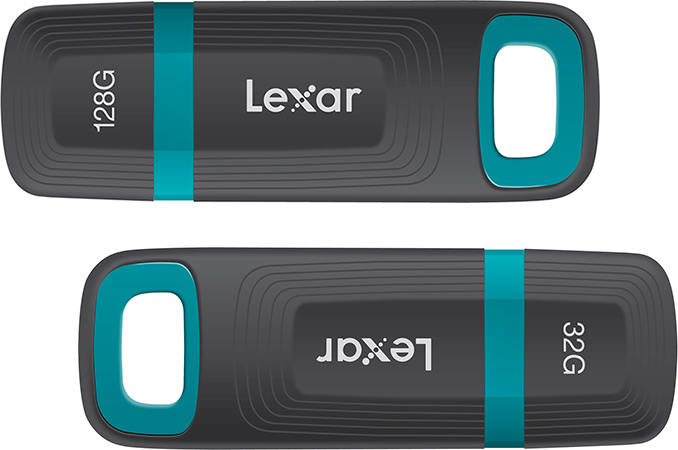
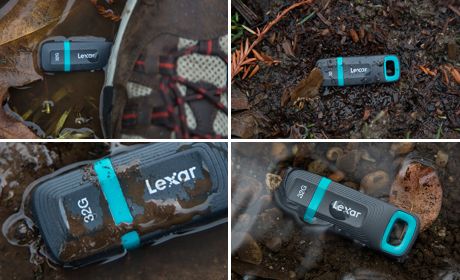

 Quote
Quote
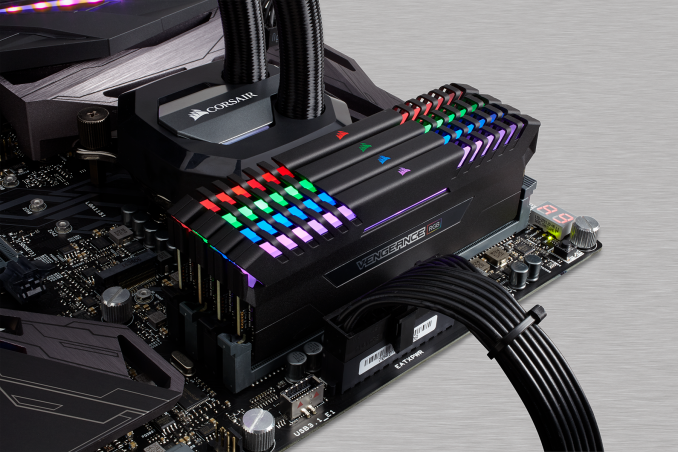
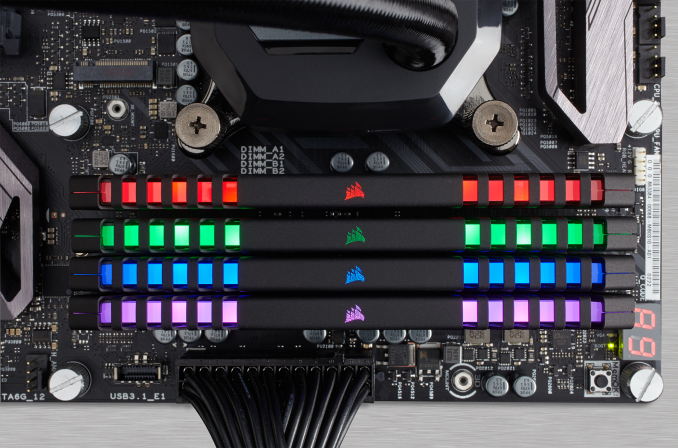
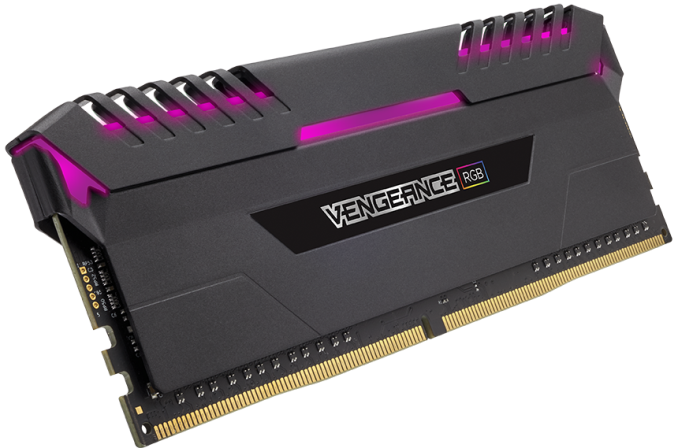
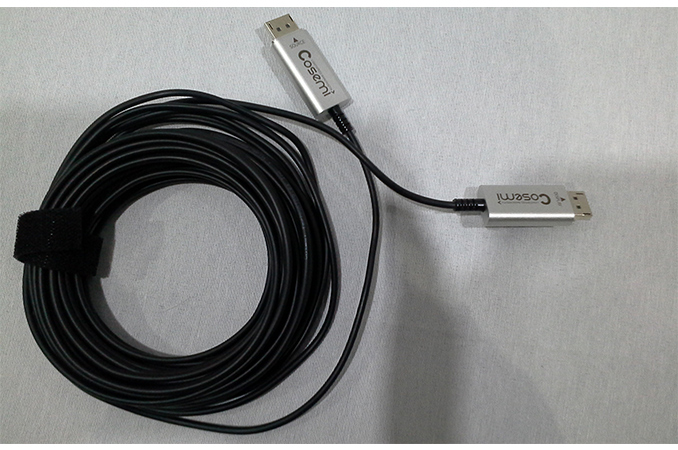
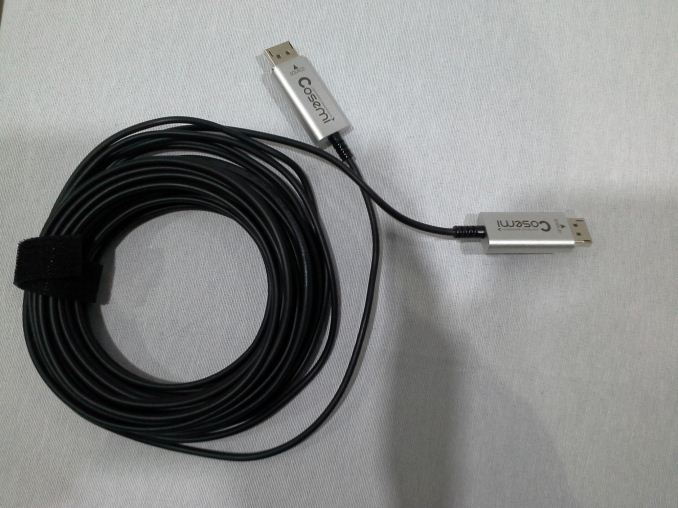

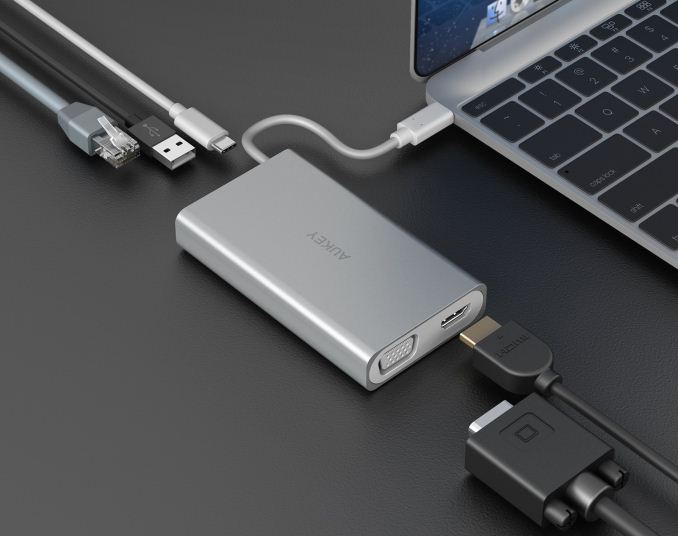
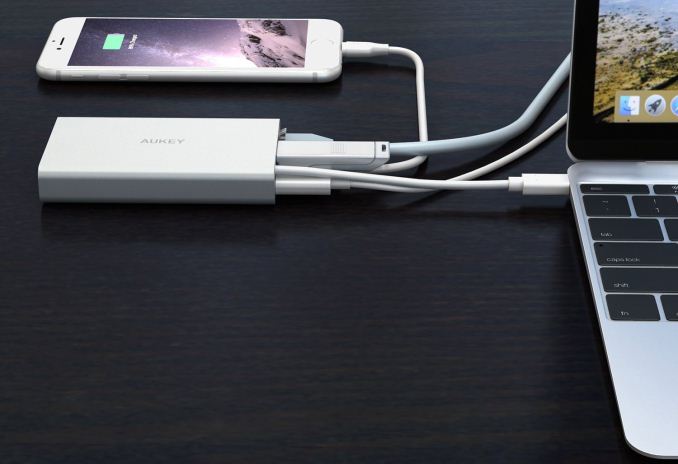
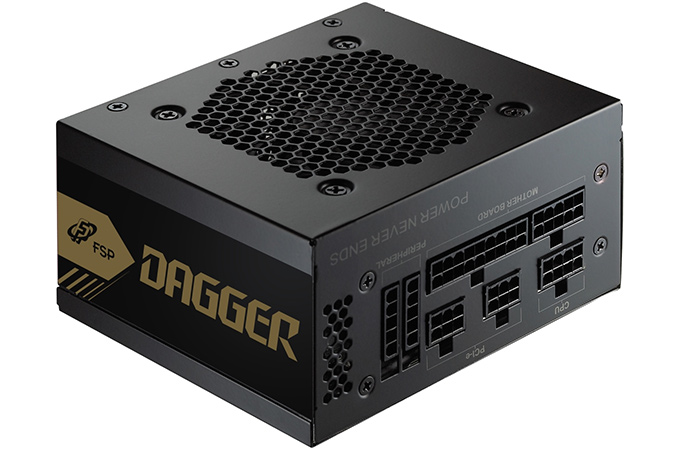

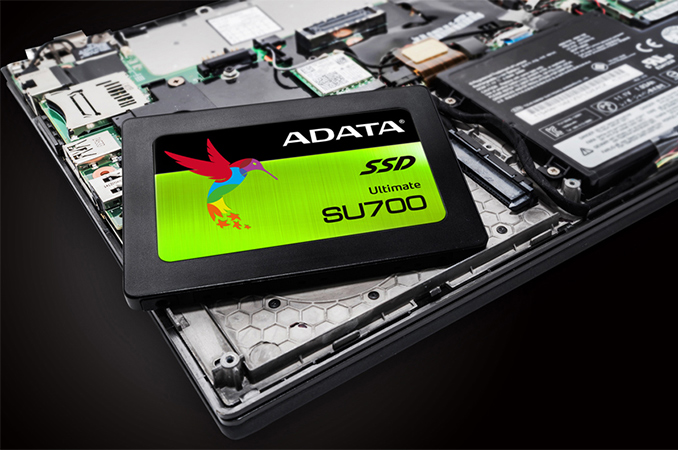


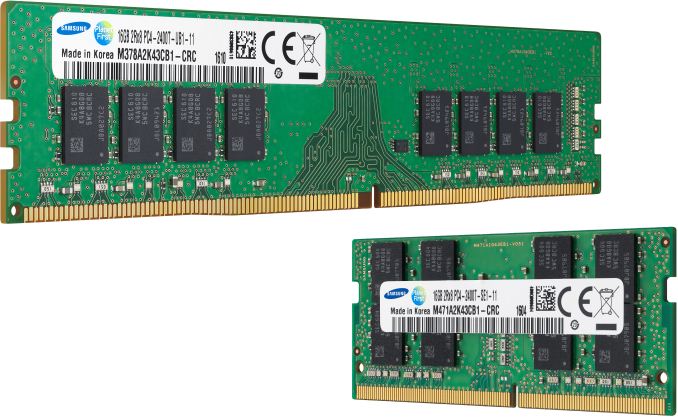
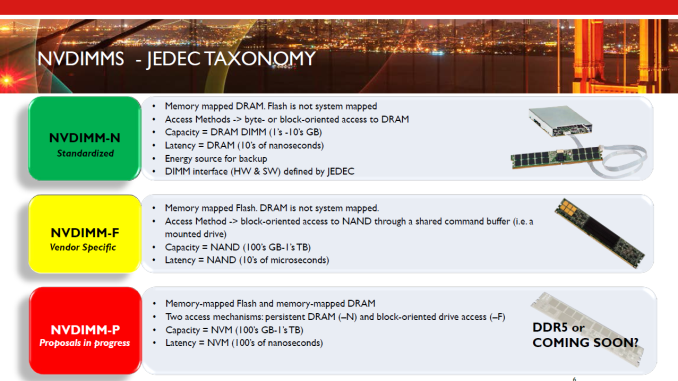
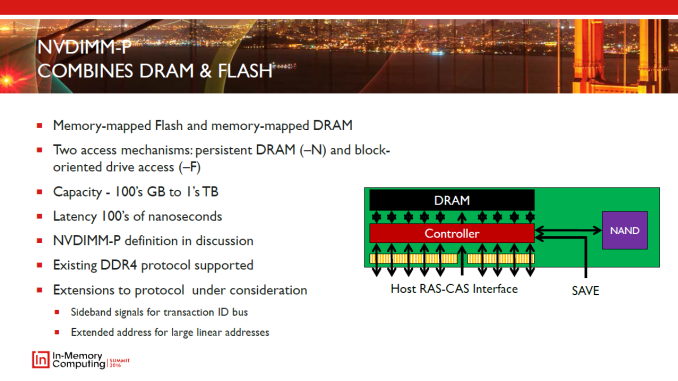
















Bookmarks